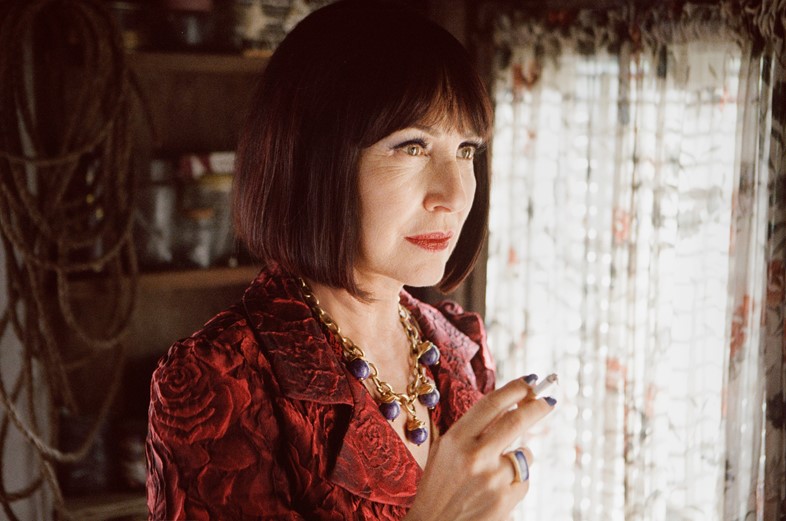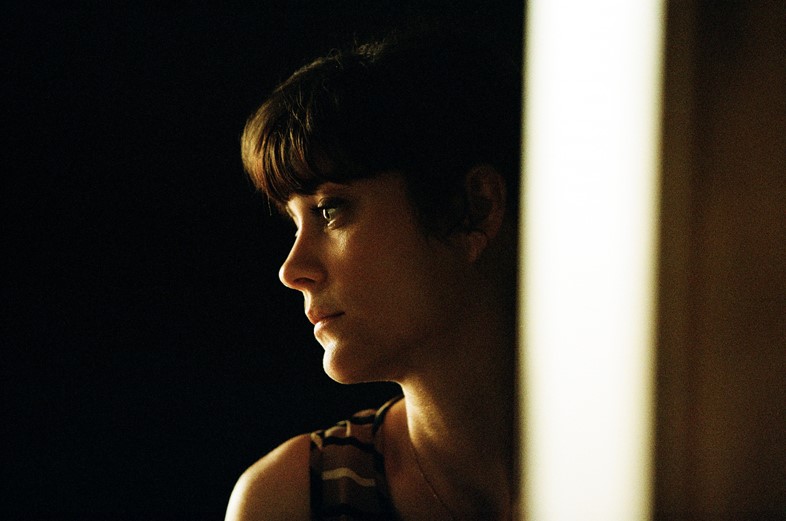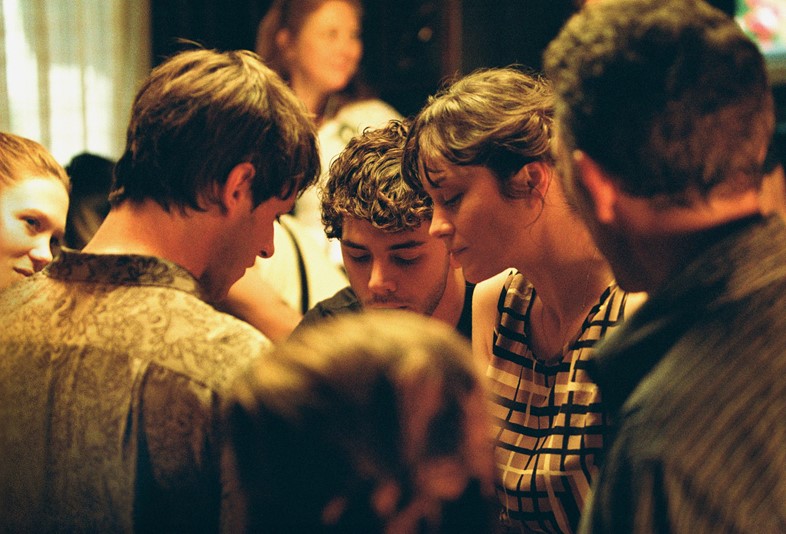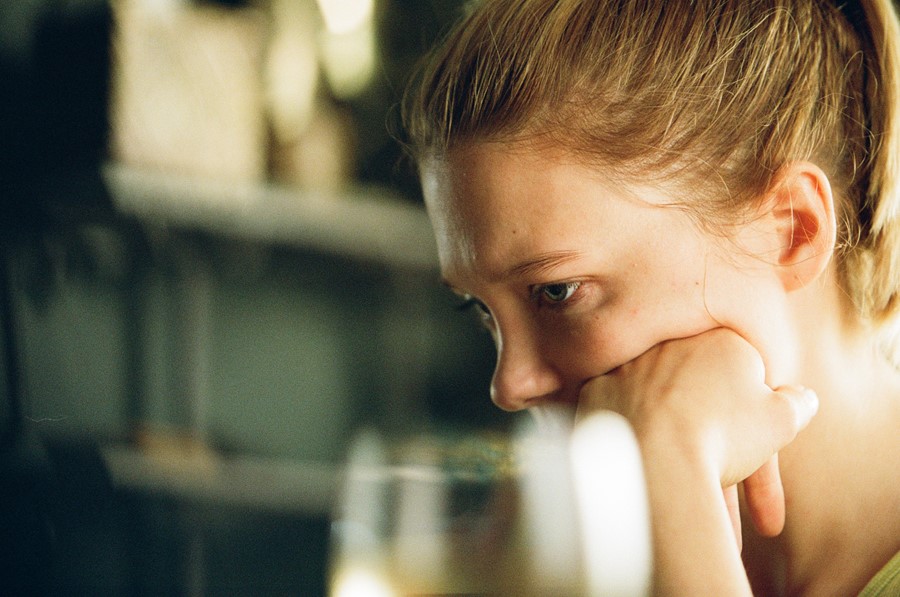As It's Only the End of the World reaches UK cinemas, director Xavier Dolan tells AnOther about the process of making it, from Léa Seydoux's extraordinary on-set emotion to making his own costumes
Xavier Dolan has been exploring the fascinating cracks in family dynamics over the past decade, from his precocious debut How I Killed My Mother (released aged 20), to his visceral 2014 breakout hit Mommy. His latest, It’s Only the End of the World, is a mesmerising masterpiece of intimacy, family tensions and the search for emotional connection that won the Palme D’Or in Cannes and stars some of France’s finest talent: Marion Cotillard, Léa Seydoux, Gaspard Ulliel, Nathalie Baye and a brooding Vincent Cassel.
Adapted from Jean-Luc Lagarce’s intense 1990 play, it stars Gaspard Ulliel as Louis, an awarding-winning author who returns to his backwater French town after a decade-long absence, to make a shocking revelation. Seydoux is his free-spirited sister, Cassel the bull-in-a-china-shop brother, both a little in awe and a little jealous of the cosmopolitan returning golden boy. As the family gather around the dinner table, the ruptures begin to show, with multiple lingering resentments, secrets and unresolved histories rippling under the surface of every conversation: when it comes to families, Dolan suggests, nothing is ever simple or quite as it seems. At times the director slows scenes down, almost pulling them underwater, propelling his audience into the mind of Louis as bright shards of memories – teenage lust, sexual awakenings and heartbreak – return to haunt him, before the tension erupts into electrifying emotional fireworks. “It’s a screaming game where people have to speak and talk louder than the other because they want to be understood and they want to be heard,” Dolan explains. The 27-year-old Montreal-based actor and auteur spoke to us about designing his own costumes, the wounds that families can inflict, and the first time he cried at Titanic.

On the pleasures of dressing up...
“As a young boy I drew lots of fashion clothes. Terrible drawings, but I thought maybe I’d be a designer one day. I make film costumes myself because I love dressing up, love dressing up characters, love imagining what their taste is – where they shop, and how they see themselves. Fashion for characters is like who they want to be, how they want to be seen, or who they truly are. It tells you so much about a character and I think that’s often belittled or neglected by directors. I just think it’s so incredibly important and crucial in establishing who the character is.”

On the beautiful violence in the original play…
“I didn’t want to soften the vernacular of the play. It seems to me that the louder these characters are, the more violently or clumsily they express their feelings, the more relatable they are. And the more enduring. These characters were just beautiful – there was this beautiful violence where they were so evidently and obviously wounded. Someone who is that loud, that brash, that cold… Who are all of these things, intentionally, to conceal and disguise and suppress. It’s fascinating to me. It really made me think about how I look at people and about how people behave and what façade they put up. The way they laugh, the way they walk, their body language… The contrasts between what they say and how they move. This play cracked my eyes open to so many things.”

On Léa Seydoux’s ability to cry, and Marion Cotillard’s heart…
“Léa is able to navigate depths that are not accessible to most of us actors or artists. It’s a very deepening experience to direct actors, especially of that category. The scene where she broke down into tears was shot the fourth day and we were all just mesmerised. That level of fragility; I haven’t seen anyone cry like that. Marion’s character was the ear of the household, the one with the true heart: she reads Louis even though he’s silent. Just by exchanging a couple of glances in the living room, in the beginning of the movie, she understands that he is dying.”

On the revelation of James Cameron’s Titanic…
“I was seven or eight when I saw Titanic and I had my first true sense of scale. It was so big and I was so small! The costumes were what started me drawing. I had never cried at a film and suddenly I was crying, and my mum was losing it next to me, and so was everyone in the cinema. It was just a mass thing, a cultural phenomenon. It was when I realised notions of ambition and greatness and dreams. It was the first time I watched the Oscars – because I wanted to know if it was going to win. I still think of it as a revelation and I’ve seen it a ridiculous amount of times. I don’t actually understand why we draw a line between major entertainment and good films. There are just good films and bad films and Titanic is a good film. It works. It’s major entertainment, but it’s also incredibly well-crafted, directed, curated – there’s nothing lost at sea.”

It’s Only the End of the World is in cinemas nationwide now.
